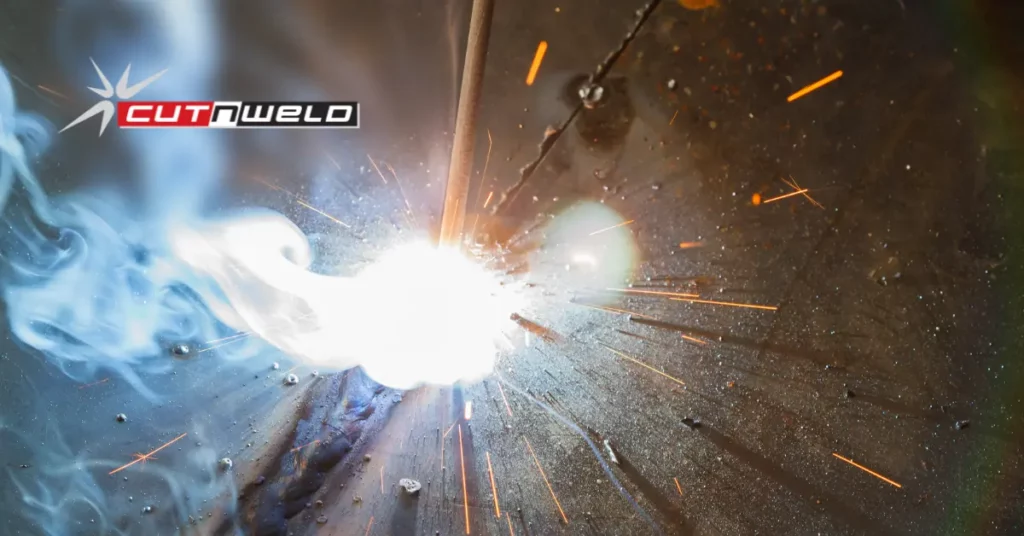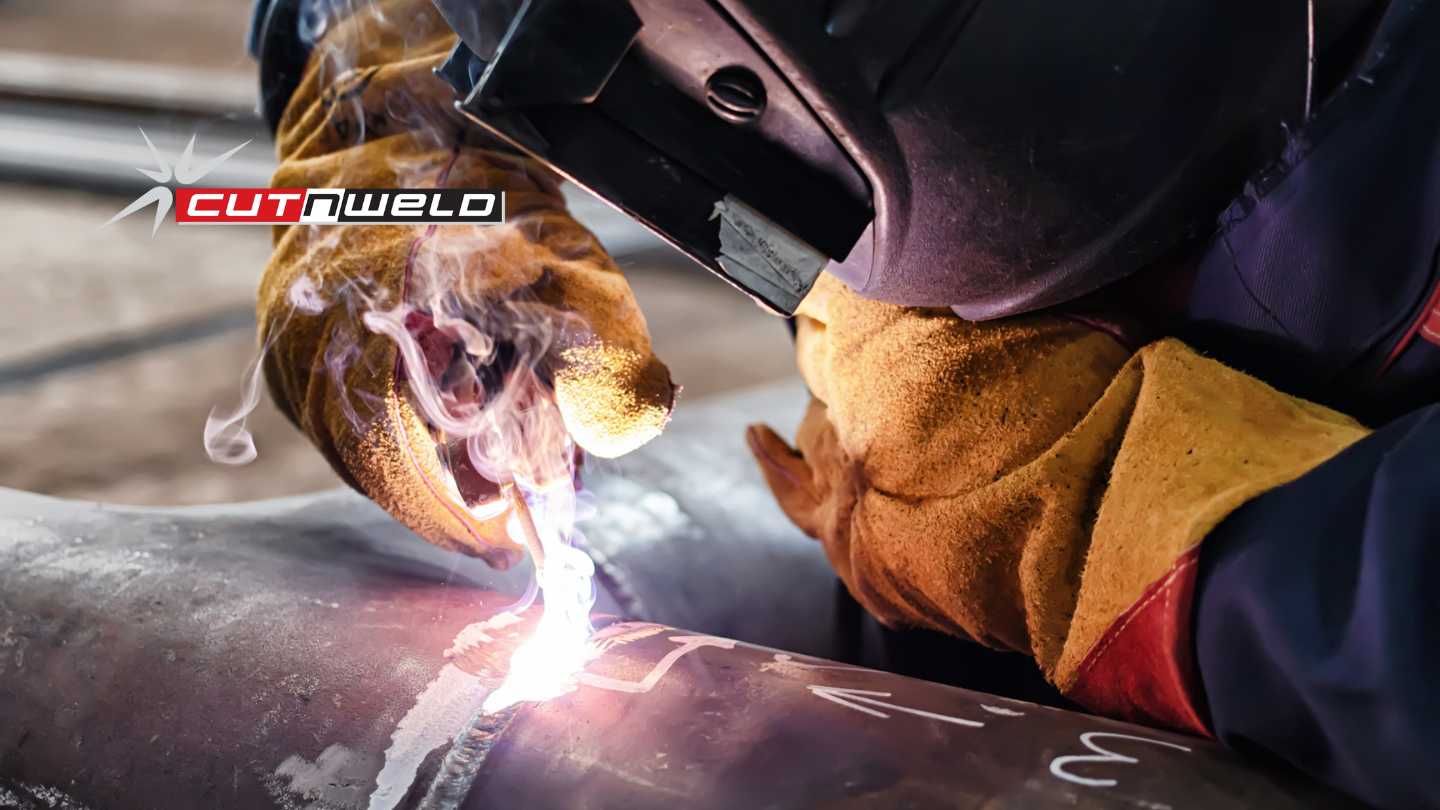
Hidden Heroes: Uncover the Unseen Types of Welding That Hold Our World Together
Welding is the unseen force holding modern structures together. Knowing the right types of welding is essential.
No products in the Quote Basket.
No products in the Quote Basket.

Arc welding is a widespread technique widely used in the manufacturing, construction, and repair industries. This process involves creating an electric arc between the welding electrode and the metal to be welded. The intense heat generated by the arc melts the metal, allowing it to be joined to another piece of metal.
Arc welding is an umbrella term that includes several welding processes, including shielded metal arc welding (MMA), gas metal arc welding (MIG), and gas tungsten arc welding (TIG). While the specifics of each process vary, the basic principles of arc welding remain the same.
The first step in arc welding is to prepare the metal. This may involve cleaning the metal surface to remove any dirt, rust, or other impurities that could affect the quality of the weld.
The metal may also need to be shaped or cut to the correct size and shape to create the joint. Once the metal is prepared, it is clamped into position, and the welding equipment is set up.
The welding equipment typically consists of a welding machine, a welding electrode, and a welding helmet. The welding machine provides the electrical current needed to create the arc, while the welding electrode is a metal rod used to create the arc. The welding helmet protects the welder from the intense light and heat produced by the arc.
The welding electrode connects to the welding machine, and the welder holds the electrode in one hand and the welding helmet in the other. The electrode is positioned near the metal to be welded, and the welder strikes an arc by bringing the electrode into contact with the metal and quickly pulling it away. This creates a burst of electric current that ionises the air, creating an electric arc.
The electric arc generates tremendous heat, up to 10,000 degrees Fahrenheit, melting the metal and creating a pool of molten metal called a weld pool. The welder must carefully control the heat and movement of the electrode to create a high-quality weld. The heat from the arc can cause the metal to warp, so the welder must be careful to maintain the correct angle and distance between the electrode and the metal.
As the metal cools, it solidifies, creating a solid joint that is strong and durable. The welding electrode is consumed as it is used, melting and depositing metal into the weld pool to make the joint.
One of the challenges of arc welding is ensuring that the weld bead is strong and uniform. Welders must carefully control the heat and movement of the electrode to create a consistent weld bead that penetrates the metal and creates a strong joint. If the weld bead is too small or does not penetrate the metal properly, the joint may be weak and prone to failure.
Another challenge of arc welding is managing the hazards associated with the process. The intense light and heat produced by the arc can cause eye damage and skin burns, so welders must wear appropriate safety gear, including a welding helmet, gloves, and protective clothing. The welding fumes produced by the process can also be hazardous, so proper ventilation is essential.
Arc welding is a widely used technique that involves creating an electric arc between the welding electrode and the metal to be welded. The heat generated by the arc melts the metal, creating a pool of molten metal that solidifies to create a strong, durable joint.
Welders must carefully control the heat and movement of the electrode to create a consistent weld bead that penetrates the metal and creates a strong joint.
While arc welding can be challenging, with proper technique and safety precautions, it is a highly effective way to join metal. It is used in various applications, from construction to car repairs, and is a critical part of many industries.
Understanding the basics of arc welding works is essential for anyone wanting to pursue a career in welding or undertake DIY welding projects. With practice and experience, welders can become skilled at creating high-quality welds that are strong, reliable, and durable, making arc welding a versatile and valuable welding technique.
Cut-N-Weld imports a broad range of high-quality arc welding and cutting products. They import and distribute a wide range of welding equipment and consumables and emphasise providing high-quality products.
Cut-n-Weld understands the value our customers place on using machinery and consumables that do the job reliably, efficiently and consistently every time.
At Cut-N-Weld, you can shop online for a wide variety of high-quality welding equipment, accessories, and consumables – everything you need to get started or as a welding professional. Cut-n-Weld also provides full-spec product and equipment brochures to ensure that you make an informed buying decision.

Welding is the unseen force holding modern structures together. Knowing the right types of welding is essential.

Choosing the right gas welding rod involves considering factors like the base material, the welding process, and the desired weld characteristics.

Metal cutting is a fundamental process in countless industries.
2025 Copyright © CUT-N-WELD. All Rights Reserved. Disclaimer : Privacy Policy | Site By Xponent